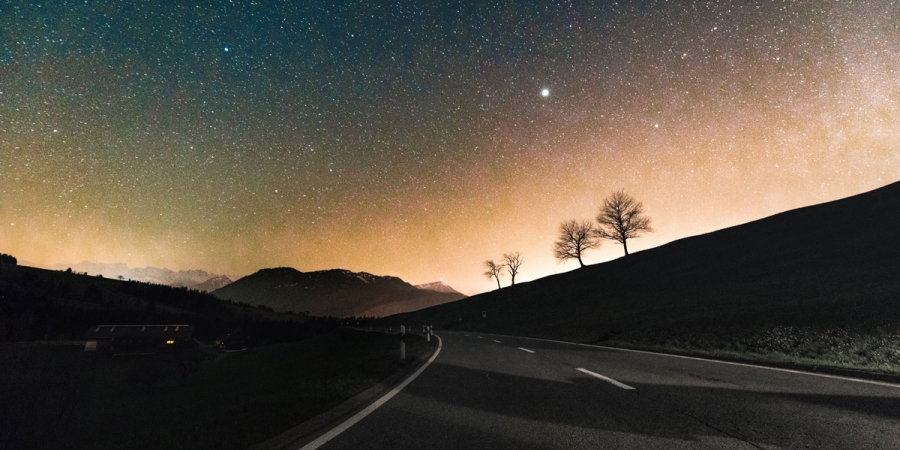
Photo: Dino Reichmuth

Photo: Dino Reichmuth
A "skywatch" is when individuals gather to observe the night sky, typically with the aim of spotting unusual aerial phenomena that might be considered UFOs (Unidentified Flying Objects). These events can be informal gatherings among friends or large-scale events with many participants. Skywatches are popular among UFO enthusiasts and amateur astronomers.
During a skywatch, participants scan the skies for anything that deviates from the norm. They might observe a wide variety of phenomena, including natural phenomena such as stars, planets, and constellations. It's a good idea to have star charts or a phone app handy to help you identify these objects.
It's also common to see meteors, or "shooting stars," especially during annual meteor showers like the Perseids or the Geminids. They appear as brief streaks of light across the sky. More common still are satellites, including the International Space Station (ISS), that move steadily across the sky as small, consistent lights moving in a straight line.
Of course, the aim isn't to spot naturally occurring phenomena but to see something that cannot be as easily explained, such as strange lights, objects moving at unusual speeds, or anything that appears to defy conventional aircraft behaviour. Skywatchers often report seeing lights that behave unusually, such as zigzagging across the sky, splitting into multiple lights, or glowing with an unusual intensity or colour.
Occasionally, skywatchers report unusual animal behaviour coinciding with sightings, such as birds acting strangely or animals becoming agitated. Unexplained sounds, such as hums, buzzing, or mechanical noises, that seem to be associated with their sightings are also reported.
Most skywatchers will be armed with either binoculars or a telescope, fundamental tools for skywatching. Binoculars are useful as they offer a wider field of view, making them perfect for scanning large areas of the sky, while telescopes provide a closer, more detailed look at objects of interest.
More advanced skywatchers might also use tools like night-vision devices to aid in their observations, or radio scanners to pick up unusual frequencies or signals that could be related to their observations.
Specialist equipment isn't strictly necessary for a skywatch, as the goal is to see something with the naked eye, but having certain tools can improve the chances of spotting phenomena. This might include the use of cameras or video recorders with good zoom and night vision capabilities. Night vision devices, including goggles or scopes, amplify the available light, making it easier to see in the dark. They may even help you spot objects that may not be visible to the naked eye - those that might only be emitting light in the infrared range.
The primary purpose of a skywatch is to identify and document any strange or unexplained objects in the sky. Any observations made should be recorded with cameras, video recorders, and notes. This should include details such as the time, location, weather conditions, the direction of the sighting, and descriptions of what was seen. For this reason, it might also be useful to bring a notepad with you or an audio recorder for dictating notes.
When deciding on a location for a skywatch, there are a few things to consider. Most importantly, consider the weather conditions. Clear skies are ideal for skywatching, with cold, crisp nights often providing the best visibility. However, there is little you can do to plan for this other than having a backup date in case the first attempt is rained off.
You should choose locations with minimal light pollution, such as rural areas or designated dark-sky parks. Avoid areas close to roads, bright city lights or other artificial light sources. Ensure the location is safe and accessible, and always inform someone of your whereabouts.
Skywatches are sometimes organised in response to a wave of sightings in a particular area or in areas that are historically linked with UFO activity. In the United States, this can include locations like the famous Area 51 in the Nevada desert. The area has been the subject of numerous UFO and extraterrestrial theories, and the nearby town of Rachel is a common gathering spot for skywatchers. Sedona, Arizona, is also known for its UFO sightings and has become popular with skywatchers thanks to the clear skies and high elevation found there, which make it an ideal location for skywatching.
UFO enthusiasts also look to the skies across Europe in places like the Hessdalen valley in Norway, where unexplained lights are regularly observed. In Australia, Wycliffe Well in the Northern Territory and the Blue Mountains in New South Wales are considered UFO hotspots.
Here in the UK, there are several locations that are renowned for their frequent UFO sightings and paranormal activities, making them popular hotspots for skywatching. These include Bonnybridge, a small town near Falkirk that is often dubbed the UFO capital of Scotland. It has reported numerous sightings since the early 1990s, with locals and visitors frequently witnessing unexplained lights and objects in the sky. The area between Bonnybridge, Stirling, and Falkirk is known as the "Falkirk Triangle," a hotspot for UFO activity.
Other hotspots include Cannock Chase due to its dark skies and frequent reports of unexplained phenomena, Clapham Wood in West Sussex, and remote locations like Dartmoor, Exmoor, Bodmin Moor, and Salisbury Plain, where moorland provides excellent skywatching conditions.
However, when it comes to skywatching, one county in England stands out. Some of the UK's best-known skywatching locations are in Wiltshire, where relatively dark skies make it an attractive spot for skywatching. Avebury, home to the famous stone circle, is not only significant for its ancient monuments but also for its UFO sightings and crop circles.
Just 20 miles across the county is the town of Warminster, which gained notoriety in the 1960s and 1970s for a series of unexplained phenomena known as the "Warminster Thing." Residents reported hearing strange noises and seeing unusual lights in the sky. There are several rural vantage points around the area that provide excellent skywatching opportunities.
As with any paranormal pursuit, the most important thing to remember about skywatching is to be open to the possibility of seeing something unusual. If you do, don't shut it down immediately, but be investigative and try to debunk it before coming to an extraterrestrial conclusion. If you can't explain it, then that's the perfect outcome - you've seen an unidentified object flying in the sky.
More Essential Parapsychology
See All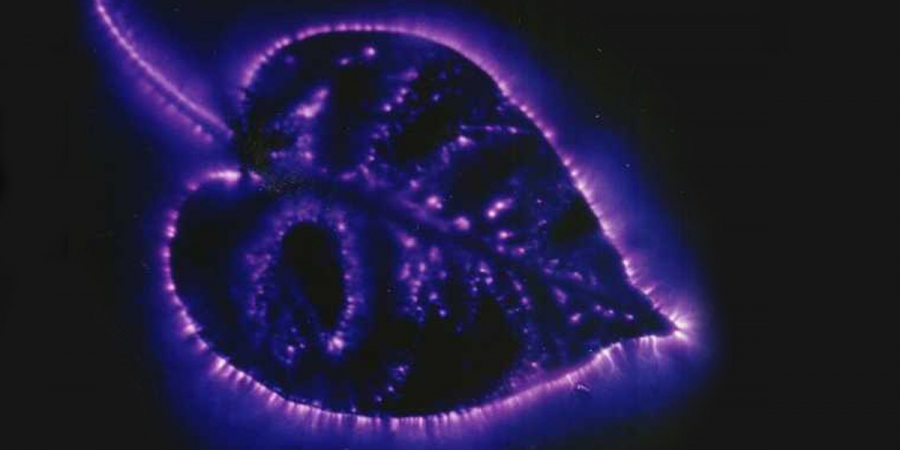
ArrayOctober 11, 2024
The Reality Behind Kirlian Photography’s Glowing Auras

ArrayOctober 07, 2024
Could Retroactive Psychokinesis Allow Us To Influence The Past?

ArrayOctober 05, 2024
What Spontaneous Cases Are & Why Parapsychologists Research Them
Learn With Higgypop
Hosted by Paralearning in association with Higgypop, these courses on ghost hunting, paranormal investigations, and occult practices draw on the experience of our team of paranormal writers.
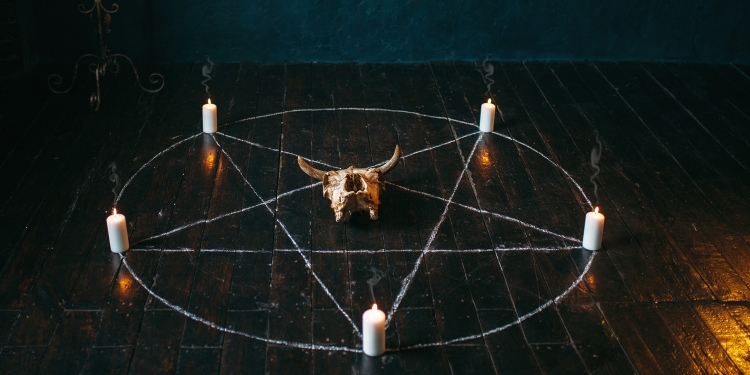
Diploma In Modern Demonology For Paranormal Investigators
This course gives you practical and useful knowledge of ghost hunting and paranormal research, which is invaluable when conducting your own paranormal investigations or as part of a group event.
View Course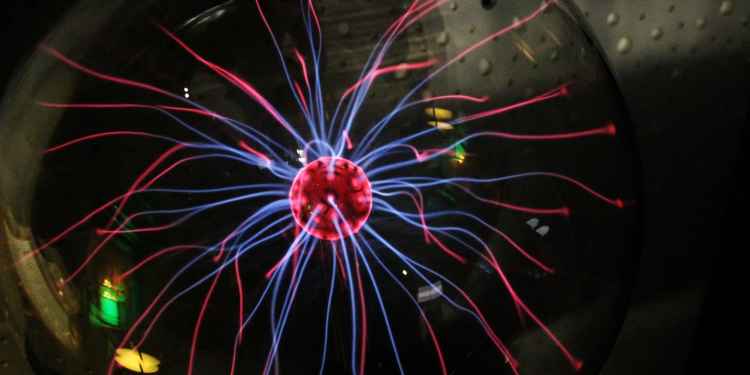
Diploma In Advanced Scientific Theory For Paranormal Investigators
This course gives you practical and useful knowledge of ghost hunting and paranormal research, which is invaluable when conducting your own paranormal investigations or as part of a group event.
View CourseMore Like This

UfosApril 12, 2025
What Do Astronauts Say About UFOs?

UfosApril 04, 2025
David Grusch Claims US Government Possesses Multiple "Non-Human" Craft
 See More on Audible
See More on Audible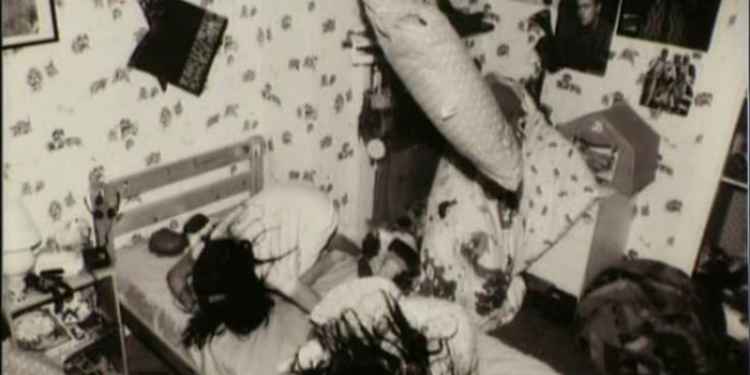
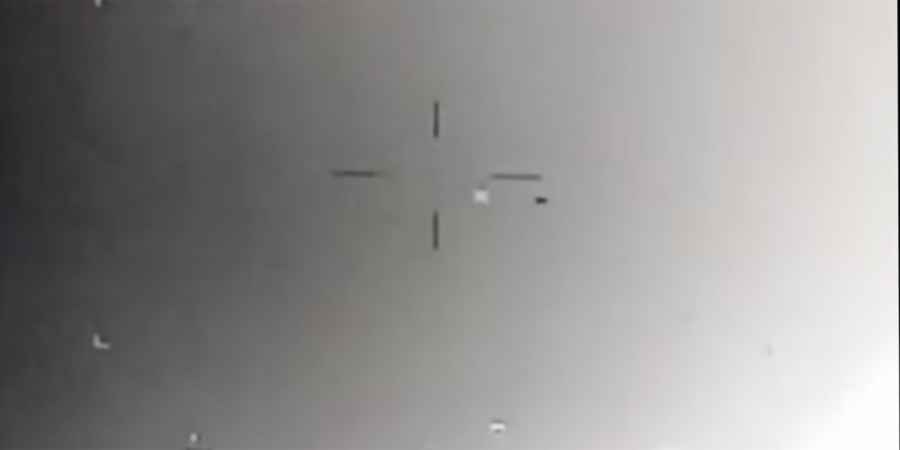


Comments
Want To Join The Conversation?
Sign in or create an account to leave a comment.
Sign In
Create Account
Account Settings
Be the first to comment.